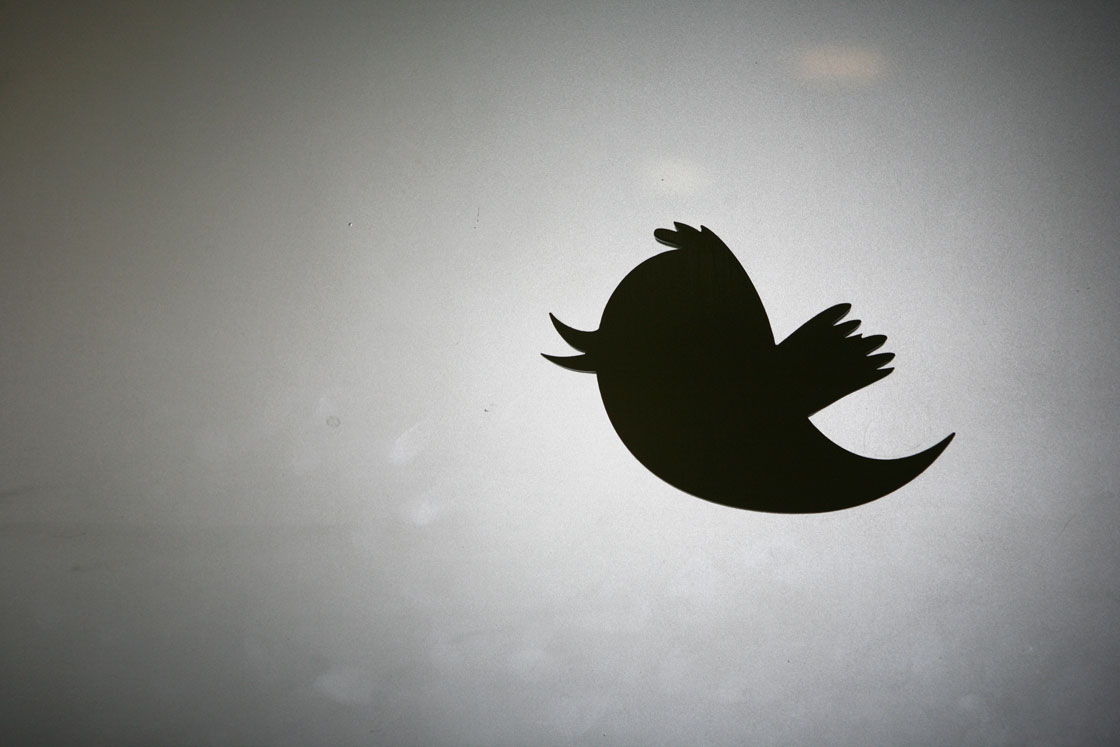UPDATE: Twitpic founder Noah Everett said in a statement that the photo service reached an agreement to transfer the domain and photo archive to Twitter, “thus keeping the photos and links alive for the time being.” Everett also wrote that Twitpic will not be taking on any new photos or data, and the Twitpic apps will no longer work and have been removed from app stores.

TORONTO – Some of Twitter’s most defining moments have been shared through images; from the U.S. Airways plane that landed on the Hudson River, to the magnitude 7.0 earthquake that crippled the Haitian capital of Port-au-Prince.
But many of those images will disappear from Twitter Saturday after Twitpic – once one of the most used image sharing services for Twitter – shuts down for good.
Twitpic revealed it was shutting down its services in September following a trademark dispute with Twitter.
According to a statement posted on the company’s blog, Twitter demanded that Twitpic drop its trademark application or risk losing access to Twitter’s API (application programming interface) – preventing Twitpic from developing services for the site.
“Unfortunately we do not have the resources to fend off a large company like Twitter to maintain our mark which we believe whole heartedly is rightfully ours,” said Twitpic founder, Noah Everett, in the blog.
READ MORE: Twitpic shutting down over trademark disputes with Twitter
Twitpic gained a loyal following shortly after its 2008 launch, mainly due to the fact that Twitter didn’t have a native photo-sharing feature for its users. It’s estimated that around 800 million photos have been uploaded to the site to date.
In 2009, Twitter user Jānis Krūms used Twipic to upload the now iconic image of a plane that safely landed on the Hudson River.
A year later Haitians began using the image uploading service to tweet pictures of the destruction in Haiti following the worst earthquake to hit the Caribbean in 200 years.
Once Twitpic goes offline on Saturday, all of those images will appear as broken links on Twitter.
And, unless users saved their photos elsewhere, they will be lost forever when Twitpic’s servers are shut down.
But a team of Internet archivists and programmers known, as the Archive Team, have been working to try to save some of the site’s data.
“One of the most radical shifts in human communications after the Internet happened with Twitter,” Archive Team member Jason Scott told Global News Friday. “And it’s just sitting on someone’s hard drive who has opted to turn it off.”
Scott and his team work to back up data from social networks and websites that shut down, in hopes to save what they believe is an important part of the history of Internet communications.
In 2013, the team backed up 46 million Google Reader feeds before Google shut the popular service down.
Scott said backing up Twitpic was an especially important job because of the sheer volume of data.
“You have cases of protests, of injustice, but you also have moments of people using it just as a personal family album, who may discover one day that the picture has been gone for years,” he said.
READ MORE: Twitter wants to show users tweets from people they don’t follow
Twitpic did release a tool that allowed users to export their photos and data, however many users said there were many problems with the process – from lengthy exporting times, to corrupt files.
The Archive Team said it was able to download about 500 million images before Twitpic blocked them from accessing the website for unspecified reasons. Scott said the team hopes to make the archives public one day, however the team has not figured out how to do so yet. Archive Team has previously shared its data sets with the Internet Archive for the public to browse, but this set is much larger than previous ones.
“Out of 500 million photos … I don’t question that there has to be one of a kind human history in there that is nowhere else in the world. We might realize in 50 years how important that was,” he said.
- Ontario First Nation declares state of emergency amid skyrocketing benzene levels
- Singh mulls TikTok return as U.S. nears potential ban over security fears
- More financial institutes are offering crypto-services, survey shows
- Possible TikTok ban in U.S. looms after Biden signs bill, setting up legal fight




Comments